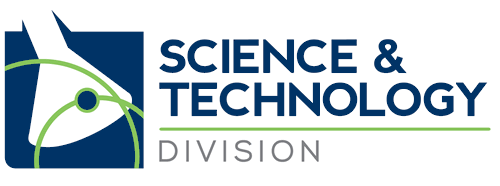At the end of a packed Friday at the annual conference in Boston, Kevin Costello gave us the benefit of his considerable experience in technical translation. He is Instructor of Spanish-English Translation in the Department of Foreign Languages, Literatures and Cultures at James Madison University in Virginia. His session included examples taken from work while at a prior position at the Universitat Rovira i Virgili in Spain. The title of this entertaining session contained a cultural reference close to my heart. In the London Underground (rail subway system) the loudspeakers always tell us to mind the gap before we board. Kevin is British, as am I.
He then gave us helpful, clear examples of bloated, pompous, wordy texts that he had worked on, mainly written by Spanish professors, with examples of ‘draft’, fairly literal translations and ‘edited’, optimal translations. It was clear to the whole audience that applying these seven techniques works. This was just the sort of insightful, well-organized, practical conference session I enjoy.

